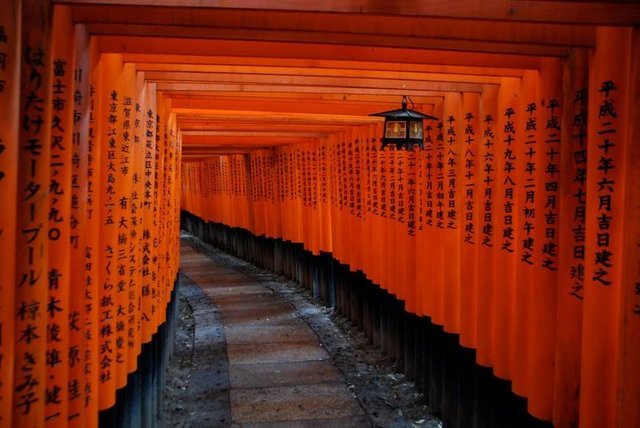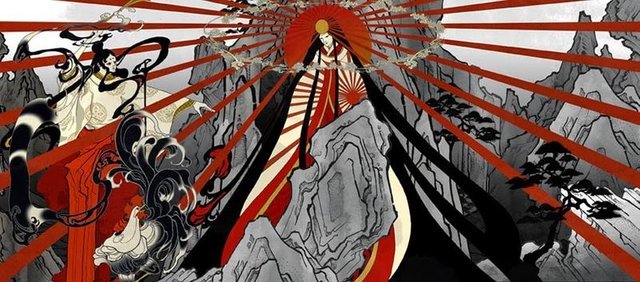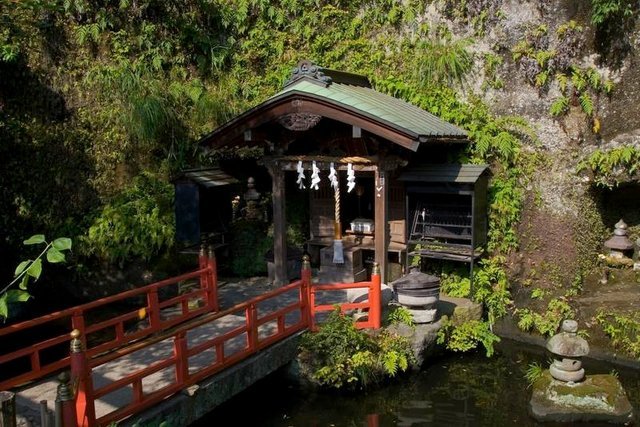
In this article, it will not be a question of making a collegial presentation of a cult specific to a particular nation, but rather of expressing a personal feeling about it. My various travels in the territory of the rising sun have allowed me to learn a little more about the different millenary customs practiced by a majority of Japanese, associated with a belief established by a people originally tribal. These different practices, full of mysticisms, remain rather obscure and sometimes very curious for us Westerners.
Although considered as a religion in its own right by 90 million people, Shintoism nevertheless seems to be closer to a philosophy or a lifestyle that is in harmony with the elements around us. Obviously, all the mythology resulting from this dogma is pure grandiloquent fiction, transmitted from generation to generation. However, believers practice their worship in full knowledge of the facts, without taking into account the irrationality of the whole. Because behind the palaver and other fantastic stories, there is a deeply humanistic universal message.
A lifestyle more than a religion

One of the elementary principles of Shintoism is its recognition that all life on earth comes from an energy flow caused by the kami. There is therefore no single and omniscient God, but a multitude of forces residing in each parcel of life. Clearly, they are not revered deities as such, even if Amaterasu (Goddess of the Sun), Izanagi (Creator of the Earth), Susanoo (God of the Wind) and Tsukuyomi (Goddess of the Night and Moon) are for many the founding members of all forms of existence in this world, it remains that everything around us is the work of the kami who aim to breathe life into all things.
It is therefore essential to live in symbiosis with this multiple energy that spreads infinitely throughout the four corners of the globe. This implies that the inhabitants of our world must respect with kindness all material or immaterial creations, otherwise they will be subjected to the wrath of these entities. It is on this principle, well rooted in the minds of the Japanese people, that they give capital importance to any being, element or object of daily life. It is not uncommon to see temples erected in favour of nature and its preservation, to practice contemplation or to make it a point of honour to take care of inanimate objects in order to respect the balance established by the kami.
No more Manichaeism !

However, there are no actual evil manifestations within Shintoism. Rather, it is a demonstration of protest by our elements, the result of recklessness or disrespectful behaviour by human beings. It is therefore important to be humble and cautious. In the event of an error, it is possible to redeem oneself by adopting a contrary behaviour. Yes, you read well, no guilt here, for salvation will come by choosing the path of redemption through personality change. To become a good and respectful being. There are also the different purifications by maintaining good hygiene. Ablutions are therefore legion among the sanctuaries. Moreover, they show minimalism in their conceptions and are only there to remind us of the notion of humility to be adopted on a daily basis.
As you can see, this religion has nothing in common with what we really know. It focuses on the essential in order to live in society and in harmony with what has seen us grow and evolve. A subtle way to thank all the energy that has created and shaped us. In a future episode, I will talk about traditional rites, the clergy (if we can call it that), but also about popular beliefs about Shintoism and its impact on society. May the kamis be merciful to you !